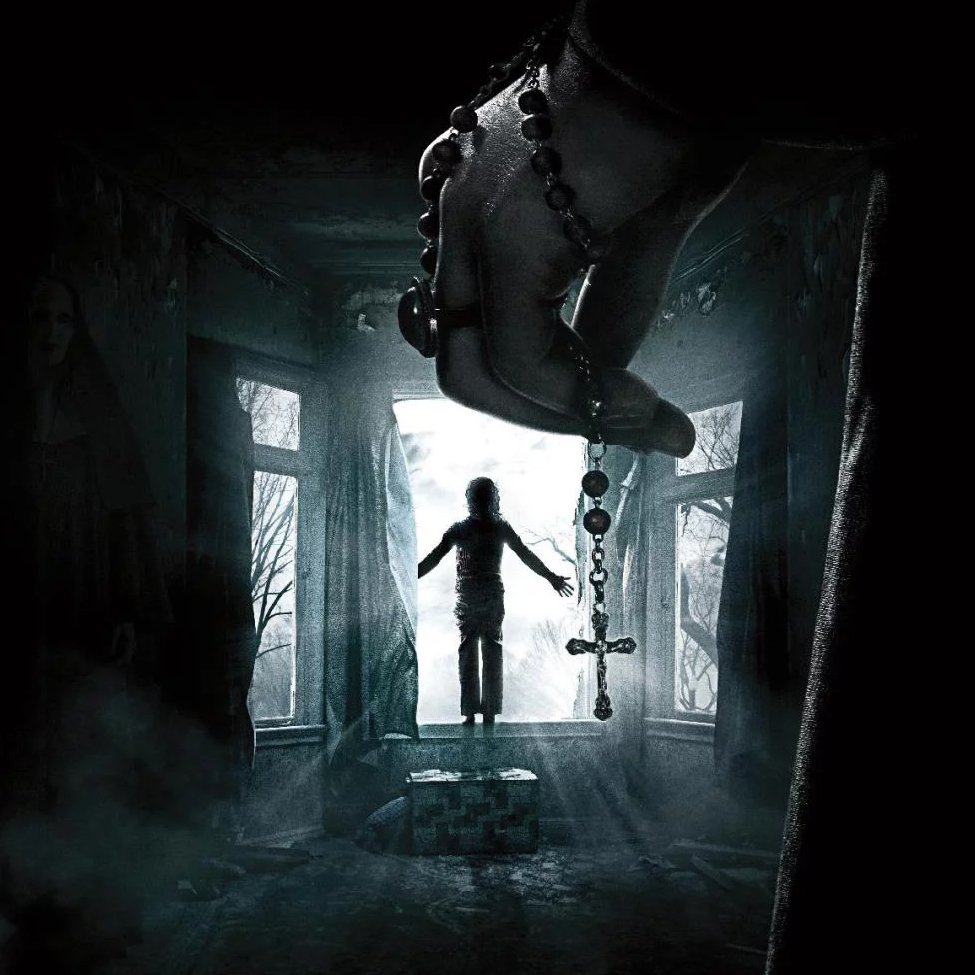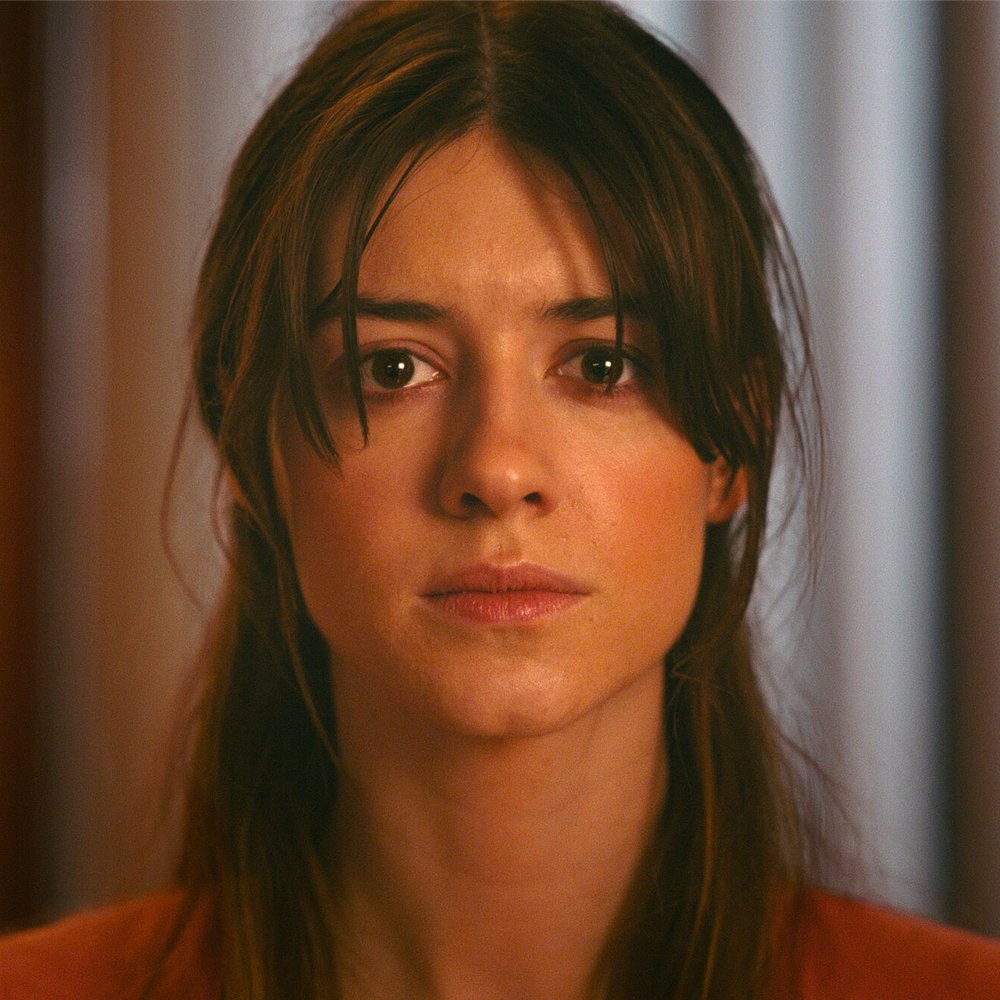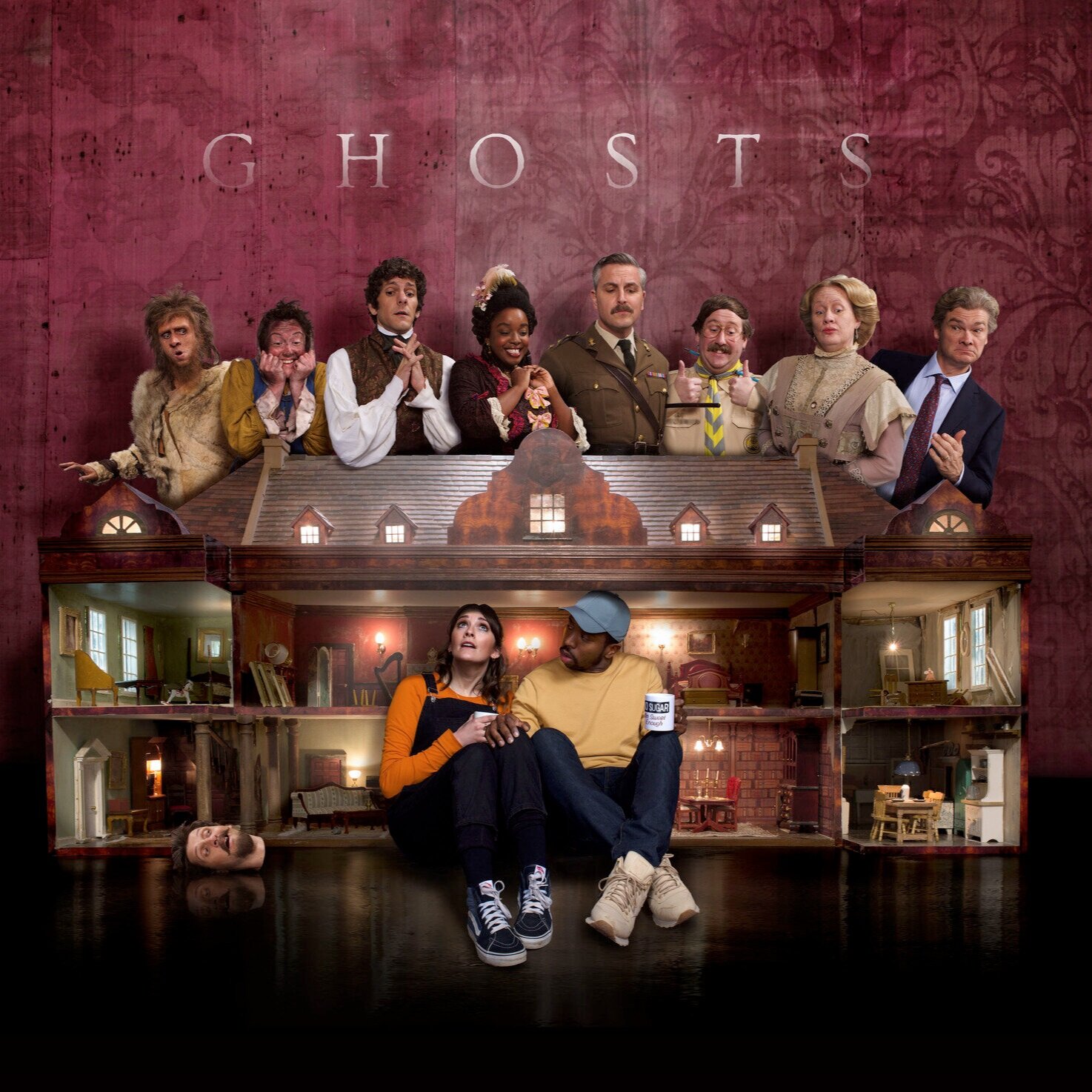Review: The Invisible Man
While the marketing team behind it seemingly revealed too much information in the film’s trailers, The Invisible Man is a well-paced and respectful representation of trauma and domestic abuse. The film does not lead audiences to question the sanity of Cecilia, the protagonist, nor does it trivialize her experience. There is constant tension in the film, giving the audience insight into the lasting impacts of trauma and the overbearing presence of an abuser. Here are Shana Vaid and Hannah Lazar’s thoughts, this time without spoilers - you definitely want to check this out.
Hannah: I know I shouldn’t be judging an entire year based on the first two months, but considering the horrific (in a bad way) horror movies that came out before this, I thought 2020 would be a bad year for the genre. Boy was I wrong!
Shana: I lowered my expectations going into this film after seeing Brahms last week, but wow, did this film pleasantly surprise me. It disappointed me prior to seeing the film that the trailers revealed that Adrian was actually invisible, but after seeing the film, I realize why, and think that it was a tasteful decision. It would have been disrespectful towards the experiences of those who have gone through domestic abuse to question Cecilia’s sanity or gaslight her in the same way that her abuser did.
Hannah: Oh, I definitely agree. This film could have easily been a traditional “is the guy actually invisible, or is the victim insane?” horror experience, but this film is much more clever than that. Less time is spent wondering whether he’s invisible and more is focused on Cecilia’s struggle to get people to believe her. That’s actually more terrifying than a spooky ghost monster, and hits closer to home; telling people about trauma and them not believing you or actively belittling your experience is unfortunately common.
Shana: This reminds me of how Halloween (2018) focused on how people seem to be more interested in the villain than in the pain of the protagonist, and if the film had decided to make this more of a psychological thriller, it would have been falling into this common theme of toying with the protagonist’s sanity, similar to what Adrian is doing to Cecilia. I like that films are starting to subvert this common theme of films focusing more on the side of the (often male) antagonist than on the pain they inflict on the (usually female) victims.
Hannah: Yeah, even though the marketing’s still focused on Michael Meyers and The Invisible Man for both films. Baby steps...though that actually makes the subversion more effective and surprising. The trailer for The Invisible Man revealed that he actually existed, but the rest of the film was so full of other hidden, well-executed surprises that I was consistently enthralled. I could never predict what was going to happen next, and I’m usually very good at predicting things.
Shana: One of the great things about the film was its constant tension. You feel like something is going to happen, or a sense of danger, even if nothing dangerous ultimately ends up happening in the scene. The film makes use of many claustrophobic shots that make you feel as if you’re trapped. This is a great representation of the anxiety that comes from living with a domestic abuser and the lasting trauma even after escaping the situation.
Hannah: For sure, and while actress Elizabeth Moss is excellent at showing its effects on a person, the film’s production design and mise-en-scene further enforce them. This is apparent from the opening sequence. There’s absolutely no dialogue, but the insane hurdles Cecilia has to jump through to escape Adrian’s mansion (passcodes, security cameras, fences, car alarms, house alarms, hostile environment of long hallways he could be lurking within) immediately communicates how much of a terrifying, obsessive control freak Adrian is. Their bedroom is also so tensely constructed - there’s an upside-down u-shaped window that shows the ocean, but surrounding that is a black wall, making even the rancorous ocean feel trapped. The film truly takes advantage of its ability to visually convey what it feels like to be externally and internally trapped by this madman.
Shana: I also loved how Cecilia’s character is presented. While she is clearly anxious about having just escaped an abusive partner, she also shows great strength and intelligence in fighting her attacker. Horror films often have characters that make dumb decisions simply to further the plot along, and it is refreshing that this film respects Cecilia’s intelligence. She also feels like a person. This reminds me of Brahms, which we saw last week, where the characters don’t seem to have lives apart from the content of the film. While immediately after escaping from Adrian, Cecilia’s life is still mainly disrupted by her anxiety around him finding her and the trauma she’s still experiencing, she’s applying for jobs and caring for those around her.
Hannah: All the other primary characters feel like people too. I really enjoyed the interactions between Cecilia, James (Aldis Hodge) and his daughter Sydney (Storm Reid), and her sister Emily (Harriet Dyer) was also well-written. I can see people calling the bad guys one-dimensional in comparison, but I also think complaining about the abusers “not being well-developed enough” is missing the forest for the trees. Adrian, for what little screen time he has, is so well-established through the environment, cinematography, and Oliver Jackson-Cohen’s eerily subdued performance, that I couldn’t care less about the character’s tragic backstory. His brother is also squirrely and spineless in all the right ways, though he was more sympathetic than his brother.
Shana: Yeah, I feel like if someone is actually concerned about humanizing Adrian, they’re missing the point of the film. There are other films that explore the development of abusers, and this film certainly would not have benefitted from an origin story for Adrian or an explanation for his behavior. It would have felt out of focus and inconsistent with the overall tone of the film; humanizing Adrian’s perspective would have almost been an excuse or justification for his behavior, which is something that many viewers took from films like Joker or from Netflix’s You. It was a good decision to focus purely on Cecilia’s perspective.
Hannah: It’s also worth noting that the horror genre’s goal shouldn’t be strict realism. It’s all about using scary, exaggerated metaphors to comment on reality, like with most fantastical or speculative fiction. And, in that regard, not only is The Invisible Man effective commentary, but it’s scary, well-made commentary. I particularly loved that this film knows when to use sound; loud noises and music are used only to accentuate tension, not fabricate it, because the actual tension comes from character reactions and the way the camera navigates the claustrophobic environments.
Shana: The film also knew when to be silent too, or at least only have realistic background noises like doors closing or footsteps. One criticism I could have is that Adrian didn’t make any noises when he was walking, and managed to do so many things in complete silence. There are more senses than just sight in detecting a person, and there isn’t really an explanation for how he manages to be completely undetectable. Also, the chances of not accidentally bumping into something or someone are pretty low. These criticisms are me just being nitpicky though and this definitely doesn’t take away from the film-viewing experience.
Hannah: I agree, and I have some other issues with how the bad guy operates myself, but yeah, nitpicky. I also thought the special effects were a bit wonky, particularly in one scene near the end, but that’s the only time I had any issue with the presentation - for a film with the small production budget of $7 million (for context, while horror movies usually have low budgets, big-budget Hollywood productions usually are between $50-100 million, sometimes soaring higher), it doesn’t look cheap at all. If anything, it looked so much more expensive than that. Everything about the production is polished, detailed, and intentional, from the characters’ outfits to the structure of the homes. It’s rare to see a widely-released, high-profile horror movie with this level of care put into it, and I’m excited to see what director Leigh Whannel does next.
































